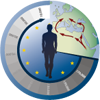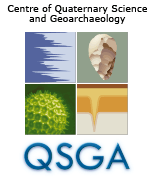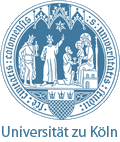Abrigo del Molino is a new Mousterian site in Central Spain discovered in 2012 in the frame of the research project "Primeros Pobladores de Segovia" (First settlers of Segovia) conducted by David Álvarez-Alonso, María de Andrés-Herrero, Andrés Díez-Herrero and Julio Rojo since 2012. The interior of the Iberian Peninsula was occupied by Neanderthals as documented by several well-known Mousterian sites including Ermita, Valdegoba, Prado Vargas, Pinilla del Valle, Los Casares or Jarama VI. Evidence for the presence of early anatomically modern humans in Central Iberia is, however, lacking.
The site is located in the Northern Iberian Plateau between the Duero River and the Central System mountain range. It is a rockshelter of fluvial-karstic origin, which was completely filled by sediments. In the early 1980s part of the hitherto unknown rockshelter was destroyed by bulldozers during the installation of a waste water pipe. Thereafter, the fillings of the rockshelter remained exposed during almost 20 years before flint stone artefacts and bone remains were discovered in the sediment fill.
First archaeological fieldworks were carried out by a Spanish team in 2013 documenting an interesting sequence that contains in the lowermost part of the deposit different palaeofloods (slackwater deposits), and continues with occupations with finds of knapping tools and cutmarked bone as evidence of butchering processes. Preliminary OSL dating places the occupation to around 60,000 years ago. Excavation continued in July 2014 involving a multidisciplinary team of archaeologists, geologists, geographers and other specialists from the National Distance Education University (Spain), Geological Survey of Spain, University of Cologne and Neanderthal Museum in Mettmann near Düsseldorf.
During this season, very successful from an archaeological point of view, Martin Kehl from the University of Cologne extracted samples for systematic micromorphological investigations of the sequence. This study will clarify sediment composition and formation processes and help to identify occupation floors of Neanderthals in Abrigo del Molino. Furthermore, samples for dating the human occupations were taken aiming at more reliable chronostratigraphic data for the occupation at the site.
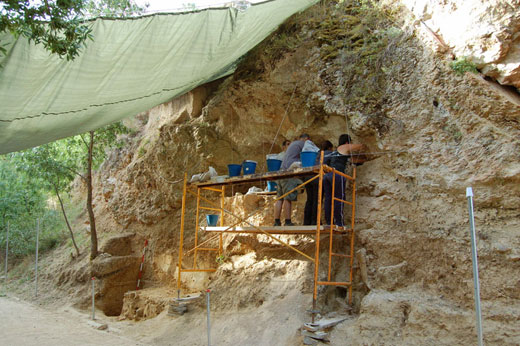 Picture of the excavation. Photo: Julio Rojo |
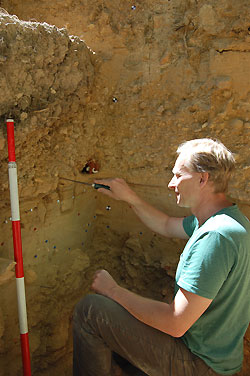 Micromorphological sampling. Photo: María de Andrés-Herrero |
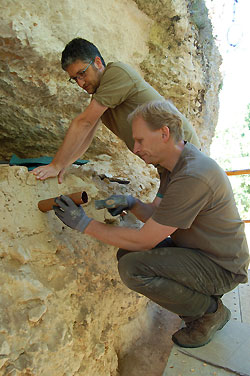 OSL sampling. Photo: María de Andrés-Herrero |
